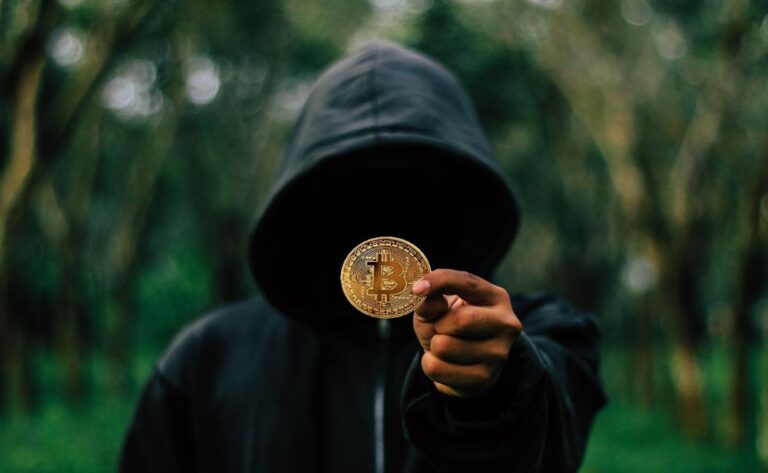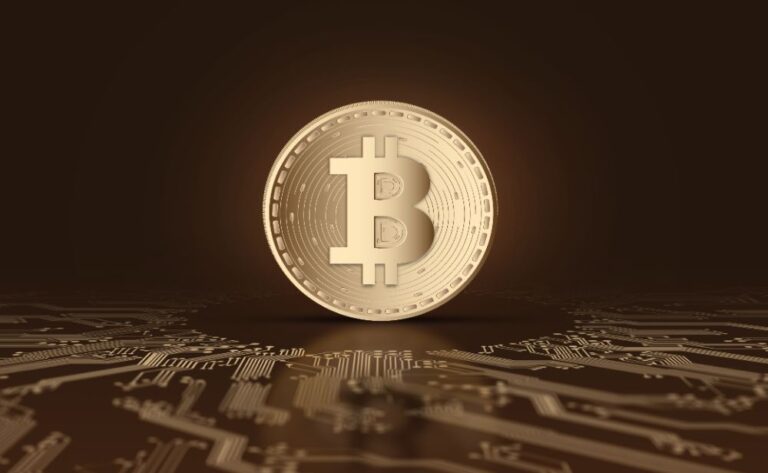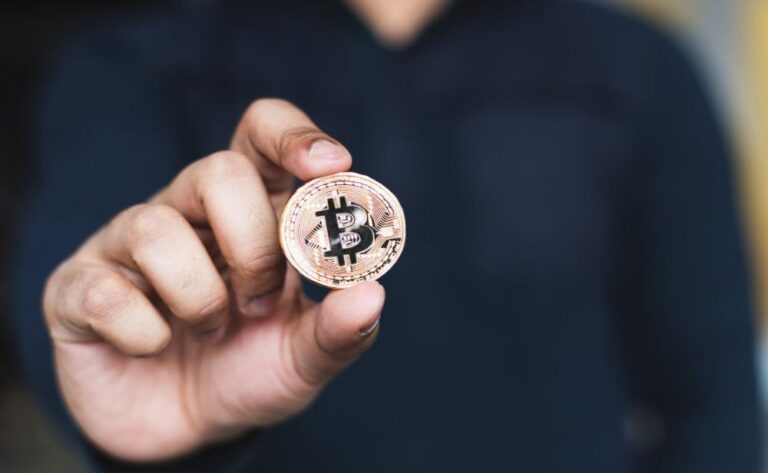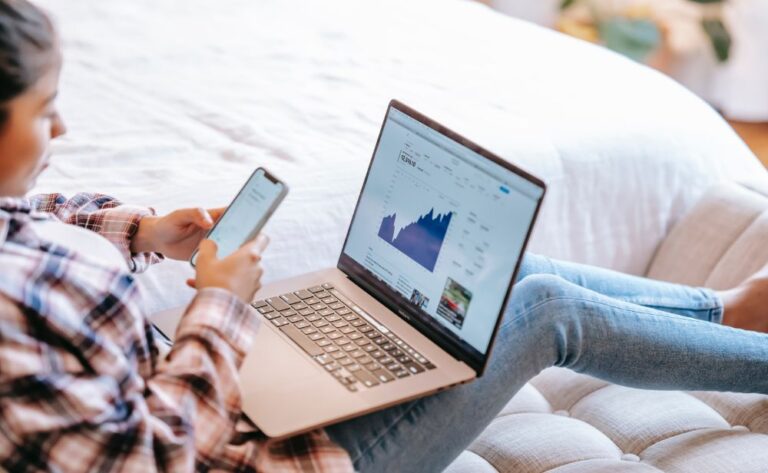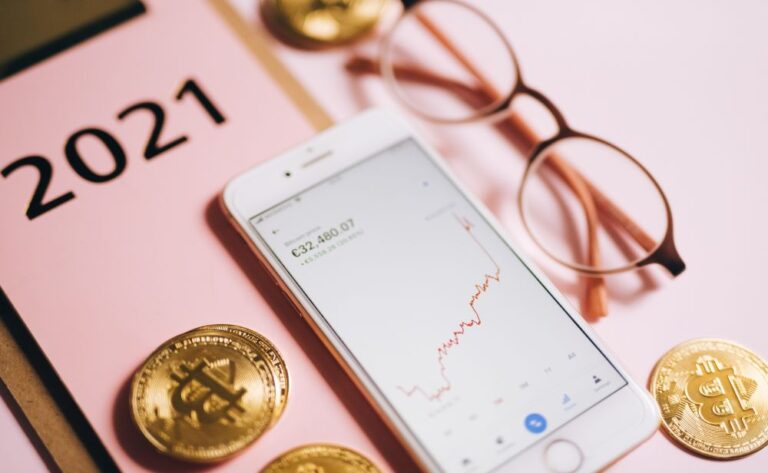Cash App Review [2022]: Is it a Safe Way to Send and Receive Money?

If you’ve ever gone out with a large group of people, there’s a good chance that at least one of them has asked you to send them their portion of the tab via Cash App. The app is available at no cost, and it makes it easier to send money to a friend or pay them using a credit card. You can send and receive money with just a few clicks of a button, which means you no longer have to ask the embarrassing question, “Can we pay with multiple cards?” at the end of dinner.
Users are extremely satisfied with Cash App, as evidenced by the 4.5-star rating they gave it in the Apple App Store. This Cash App review will explain how it functions, who it is intended for, and whether or not it is safe to use in the event that you are considering downloading it.
Summary in a Nutshell
You can send and receive money in a quick and simple manner.
• Safe and secure financial dealings thanks to ciphering of data and a security lock within the app
• There are no transaction fees associated with the sending of money from your CashApp balance or a bank account.
• Use CashApp payment requests to make reimbursements more manageable
In this analysis of the Cash App:
What exactly is the Cash App?
The peer-to-peer payment app known as Cash App was developed by Square, Inc. in the year 2013. The mobile application is extremely well-liked and can be downloaded for both iOS and Android. The Cash app was used for transactions by over 30 million people in just the month of June alone, propelling it to the top spot in the finance category of the App Store.
The Cash App is just one of the many products that Square provides to assist customers with their financial transactions. Square, which was founded in 2009 and has its headquarters in San Francisco, California, is a company that offers payroll tools, payment hardware, and other services to restaurants and other types of small businesses.
How exactly does the Cash App function?
Sending money, receiving money, mobile banking, and investing are the four primary functions that can be accomplished with Cash App. The operation of each of them is as follows:
Transferring money
In order to send money, all you need is the email address, phone number, or $Cashtag of the recipient. The $Cashtag is a name that is customized by each user of the Cash App within their individual app profile.
After you have entered the individual’s information, the app will ask you where you would like to take the money from in order to complete the transaction. The funds can come from the balance in your Cash App, a bank account that is linked to it, or a credit card. Visa, MasterCard, American Express, and Discover are all accepted payment methods by Cash App.
It will not cost you anything to transfer money from your Cash App balance or from your bank account. There is a transaction fee of three percent that must be paid whenever a payment is made using a credit card.
If you verify your identity by providing your name, date of birth, and the last four digits of your Social Security number, the limit on the amount of money you can send in a given month will go up to $1000.
Having money received
When you get paid, the funds are initially deposited into your Cash App account; from there, you have the option of withdrawing them to either a linked bank account or debit card.
When you make a standard deposit, the money will appear in your bank account within one to three business days. On the other hand, when you make an instant deposit to your debit card, the money will appear immediately; however, you will be charged a rush fee that ranges from 0.5% to 1.75 %.
You also have the option of requesting a Cash Card if you do not wish to move the money to another account, such as a bank account. The Cash Card is a debit card issued by Visa that enables you to use funds from the Cash App to make purchases either online or in traditional retail locations. If you use the Cash Card at an automated teller machine, you will be charged a fee of between $2 and $2.50, and the ATM servicer may also charge you a fee.
On the other hand, having a Cash Card grants you access to Cash Boosts when you play certain games. These are discounts that can be added directly into your phone in order to save money on purchases made on a regular basis, such as those made in restaurants and stores.
Discover legitimate ways to make extra money in your area in as little as 5 minutes or less.
By clicking the button below, I acknowledge that I am aware of the use of site visit recording technology on this website and that I consent to its use (provided by Trusted Form, Jornaya)
Banking
Cash App banking not only allows you to receive payments from friends, but it also allows you to deposit other funds, such as your direct deposit from work or a check representing a tax refund.
In order to gain access to the banking feature, you will need to order a Cash App card. According to the information provided on the website, if you choose to set up direct deposits into your Cash App account rather than direct deposits into another bank account, you may receive your paycheck up to two days sooner.
However, Cash App does not include protection from the Federal Deposit Insurance Corporation (FDIC). In the event that a financial institution fails, the FDIC insurance will protect your funds to a maximum value of $250,000. A representative for Cash App has stated that the team is “actively working to address this coverage.” Therefore, despite the fact that there are banking components, it is not an account in which your money has the backing of the federal government.
Investing with Cash App
You can start investing in stocks and exchange-traded funds with as little as one dollar and there are no commission fees associated with Cash App Investing. This feature is only accessible to users who are at least 18 years old and who are residents of the United States. In order to sign up for Cash App, you will need to provide personal information such as your full name, date of birth, Social Security number, address, and place of employment. This beginner-friendly guide from FinanceBuzz will discuss how to invest money if you are new to the concept of investing.
Additionally, cryptocurrency is supported by Cash App. Within the app itself, you have the ability to buy and sell Bitcoin. You also have the option of transferring Bitcoin to an external wallet or depositing it there.
Who would benefit most from using Cash App?
Cash App is widely regarded as one of the most effective mobile payment systems for use in trustworthy peer-to-peer financial dealings between friends and other individuals. It is not necessary for you to send a monthly reminder to your roommate to pay their portion of the rent or the utilities. You could also simply send them a payment request through Cash App instead.
However, there is a restriction regarding the location. You can send money to people in the United Kingdom using Cash App, although the app is primarily intended for use within the United States. When money is moved across the pond, it is converted from US Dollars to British Pounds. If you are currently living outside of the country or are attempting to send money to a person in a different nation, you may want to consider using PayPal or TransferWise instead.
Before you decide to use the Cash App to handle your banking needs, you should do some research to determine which credit unions or online banks offer the best checking accounts or high-yield savings accounts and then choose one of those. The Cash App allows you to make direct deposits, but the banking features are severely lacking, and your funds are not protected by the FDIC in any way. The account does not earn interest, you are unable to deposit funds or write checks, and there is a fee of $2 to $2.50 for using an automated teller machine. The best financial institutions do not charge customers for using their ATMs and provide expanded banking features, such as mobile check deposit.
It’s possible that using your personal Cash App account for business transactions isn’t the best option. It does not cost anything to use, but until you go through the necessary steps to verify your account, you will be limited to receiving no more than $1,000 in a period of thirty days. In addition, keeping track of multiple Cash App payments could be a nightmare from both an accounting and a logistics perspective. You have the option to upgrade to Cash App’s Cash for Business version; however, doing so will result in a transaction fee of 2.75 percent of each payment that is received.
Is using Cash App to send money a secure practise?
According to the Cash App website, sensitive information regarding payments is encrypted before being transmitted over secure servers. You need to take some additional precautions to guarantee that no one can send money using your phone without first obtaining your permission. It is recommended by Cash App that you set up a password protection for your phone as well as enable the in-app security lock, which will call for a PIN or touch ID for each transaction.
Also, keep in mind that it is highly unlikely that you will be able to revoke payments that you have already sent to another user’s Cash App. Because of this, you need to exercise extreme caution whenever you send money to people you do not know, and this is especially true if you are attempting to make a purchase. It is a common con for sellers to claim that they will only accept payments through Cash App, but they will disappear without ever sending the purchased item.
It’s possible that you’ve been targeted in a scam if someone has called or texted you claiming to be from Cash App customer support. Recently, the Better Business Bureau issued a warning that users have been asked to set up a new Cash App account in order to troubleshoot a problem by individuals pretending to be Cash App support representatives. These individuals then run off with the users’ Cash App balances.
How to get started with the Cash App
1. Get the app from the app store. You can get a free copy of the app by going to the store for either Apple or Google Play.
2. Give your phone number in the space provided. Your phone number will be requested by Cash App in order to send a verification code to your device. To initiate the creation of your account, enter the code that is provided to you.
3. Choose a $Cashtag for yourself. You can finish off your profile by including a photo, your $Cashtag, and your email address.
4. Connect your various financial accounts. In order to send payments, you will need to add a bank account or a credit card account.
5. Transfer and receive monetary funds. Find out from your friends their $Cashtag, email address, or phone number so that you can send them money, or send payment requests so that you can receive cash from them.
FAQs regarding the Cash App
Is Cash App a reputable company?
The Cash App was developed by Square, Inc., so you can rest assured that it is a legitimate app. Even though the app is not a scam, you should still exercise caution when using it. Users should only send and accept money from people they know and trust because con artists have found ways to defraud users of the app.
Establishing a password for your phone is an easy way to safeguard your finances. Before you send money to someone else using Cash App, the company strongly advises you to verify the recipient’s $CashTag, email address, and phone number. Otherwise, you might send the money to the wrong person.
What is the maximum amount that can be sent using Cash App?
You are permitted to send up to $1,000 in any given thirty-day period; however, you may need to engage in some careful budgeting if you wish to avoid exceeding this limit. If you provide information about yourself, such as your name, date of birth, and the last four digits of your Social Security number, you will be able to raise this limit.
Does sending money through Cash App cost you anything?
If you want to send money from your credit card, Cash App will charge you a fee of 3%. Sending money from your Cash App balance or bank account does not, on the other hand, cost you anything, not even if the recipient is located in the United Kingdom. Cash App is primarily a payment service in the United States; therefore, it is not a solution if you are attempting to send money to friends and family located in other parts of the world. However, as we mentioned earlier, you are able to send money across the pond with Cash App.
What are the steps involved in taking money out of Cash App?
To remove money from your Cash App account, click on your Cash App balance and then select the “Cash Out” button from the menu that appears. You tell Cash App how much money you want to take out of your balance as well as how soon you want to get the money after making the withdrawal.
The standard transfer will deposit money into your account anywhere from one to three business days after it has been processed, and it is completely free. The fee for the instant transfer can range anywhere from 0.5 percent to 1.7 percent. If you wanted to make an instant deposit of $500 into your bank account, for example, you might have to pay up to $8.75 for the privilege.
Does Cash App require you to have a bank account to use it?
Cash App can be used even if you don’t have a bank account. You are able to use the Cash Card to make purchases both online and in-store as an alternative to depositing money that you have received into a linked bank account.
It is also not necessary to have a bank account in order to send money. You have the option of sending money using either the balance in your Cash App account or a credit card. However, there is a transaction fee of three percent added to payments made with a credit card.
The concluding thoughts on Cash App
Nobody enjoys being the person responsible for dividing up the check after everyone else has added their credit card. It has the potential to wreak havoc on your personal finances.
Pay with your credit cards, collect the points, and have everyone else send you money through Cash App; this predicament can now be navigated with greater ease thanks to the invention of Cash App. Cash App also provides a banking product and an investing product, which together make it possible for users to make risk-free online stock investments.
However, the application does have a few restrictions. You will not be able to send or receive more than $1,000 in a period of thirty days until your account has been verified. Let’s say your closest friend is trying to send you their portion of the bill for the hotel stay and the airfare after you two went on vacation together. It is possible that you will not be able to access the money until after their account has been validated.
In addition, make sure that you exercise extreme caution when sending money. In the event that you send money to the wrong person by mistake, there is no assurance that you will receive it back. Before you send any money, you should double-check the $CashTag, as well as the phone number and email address.
